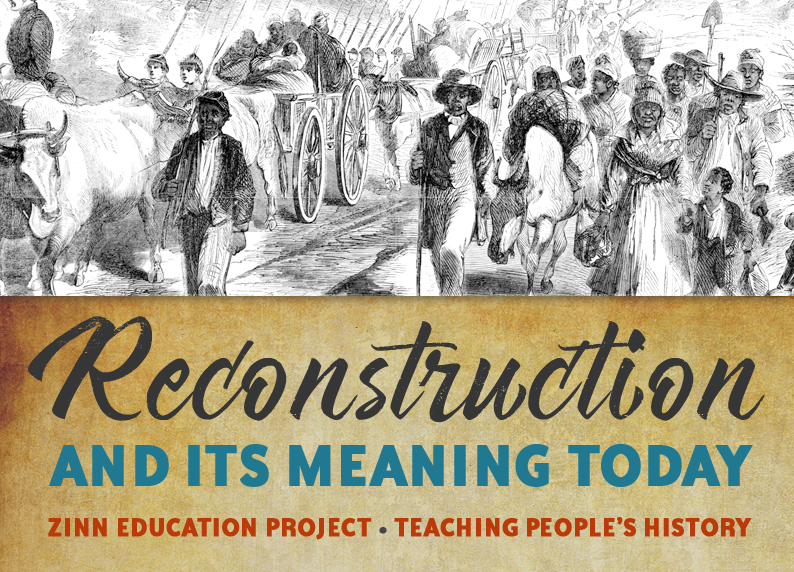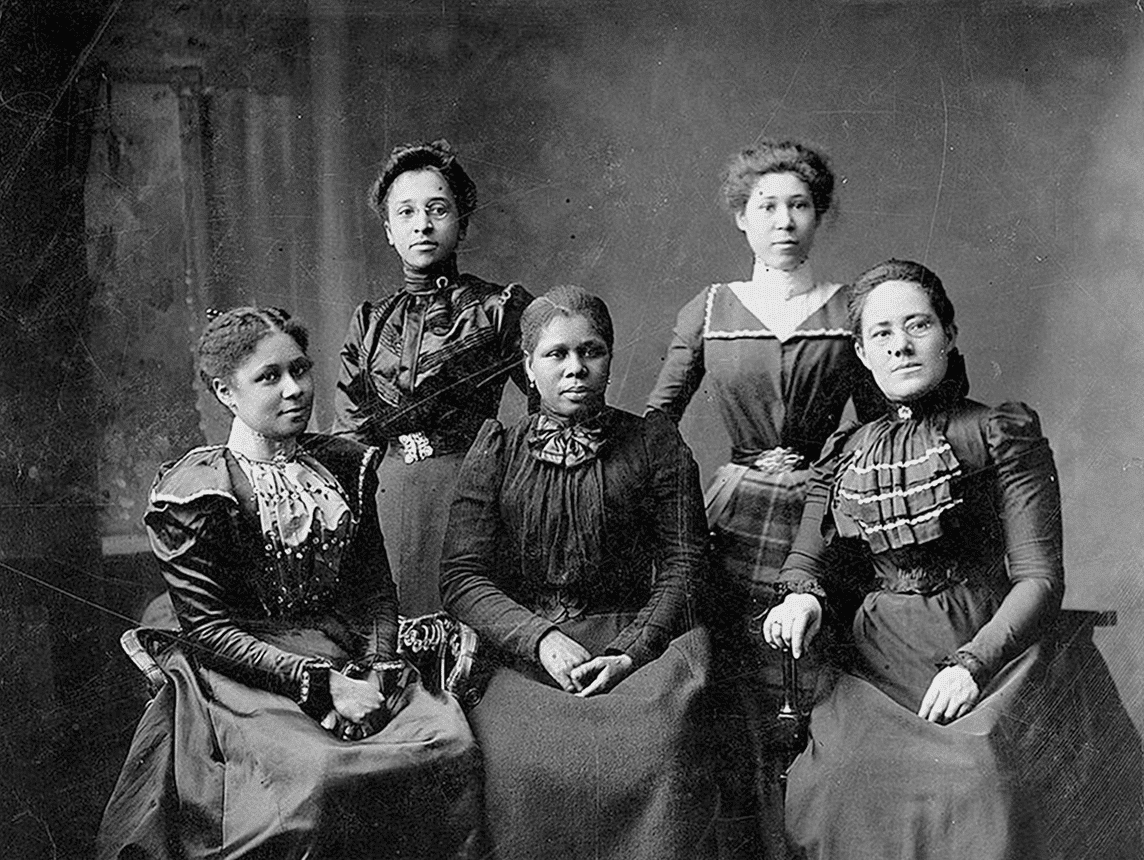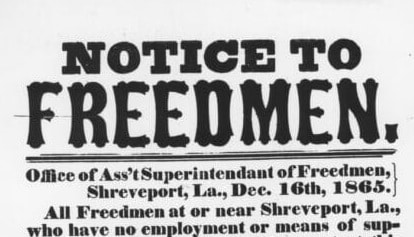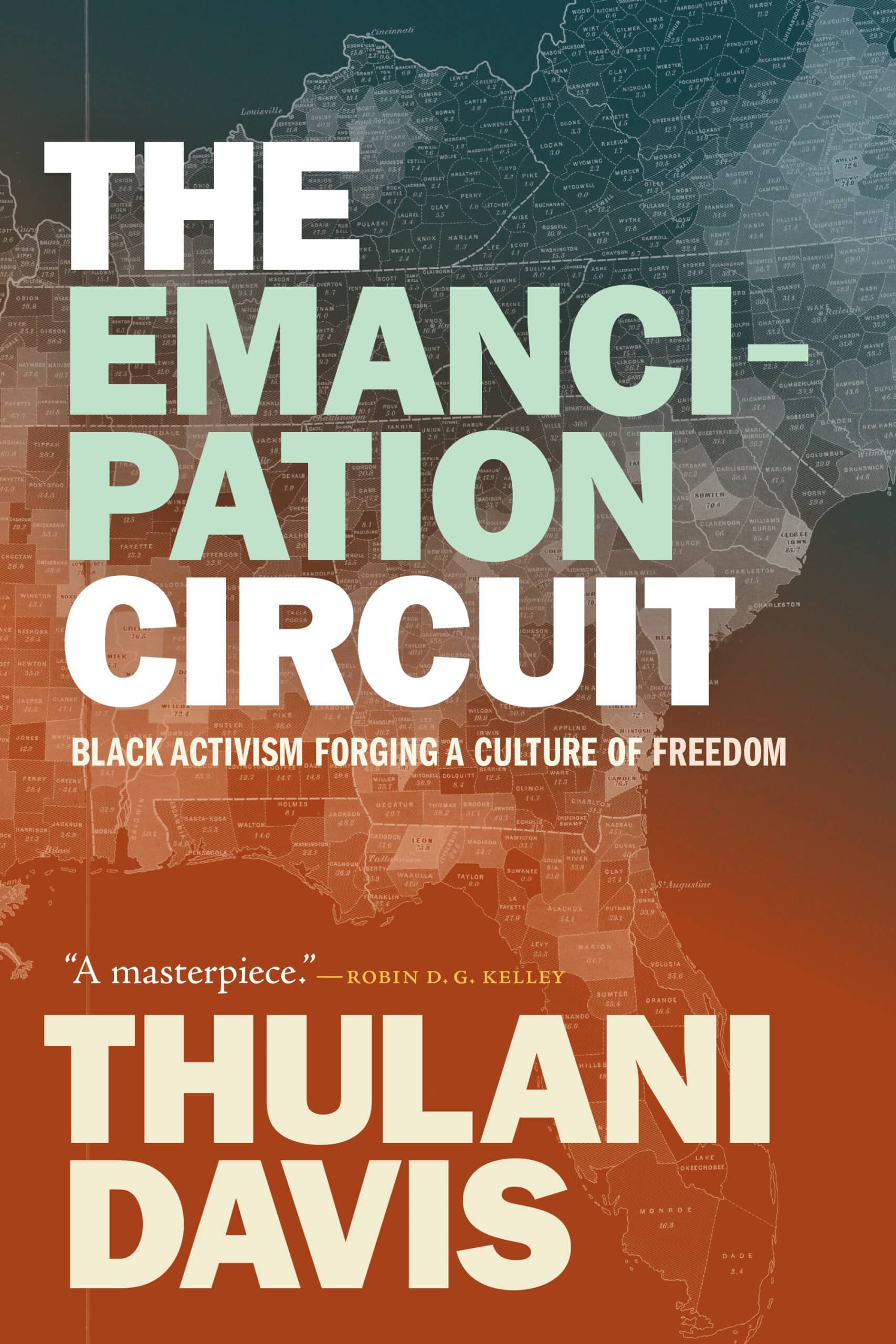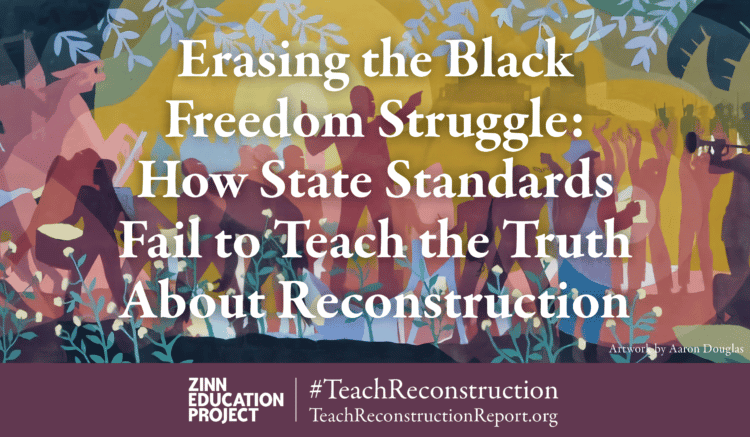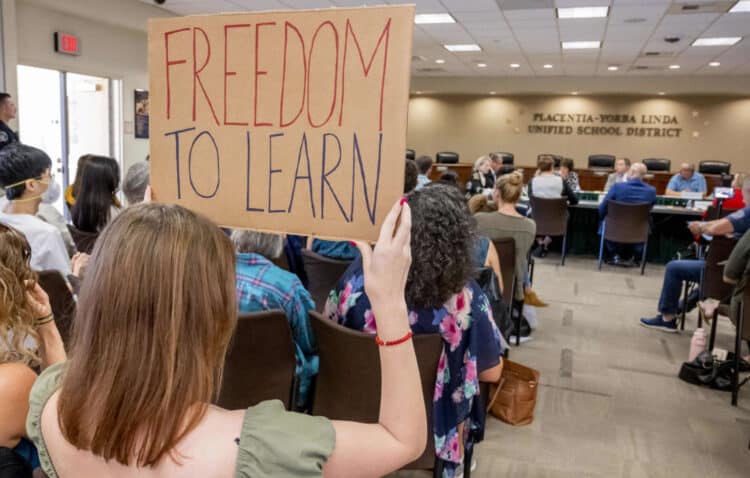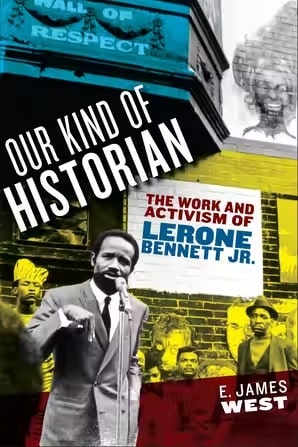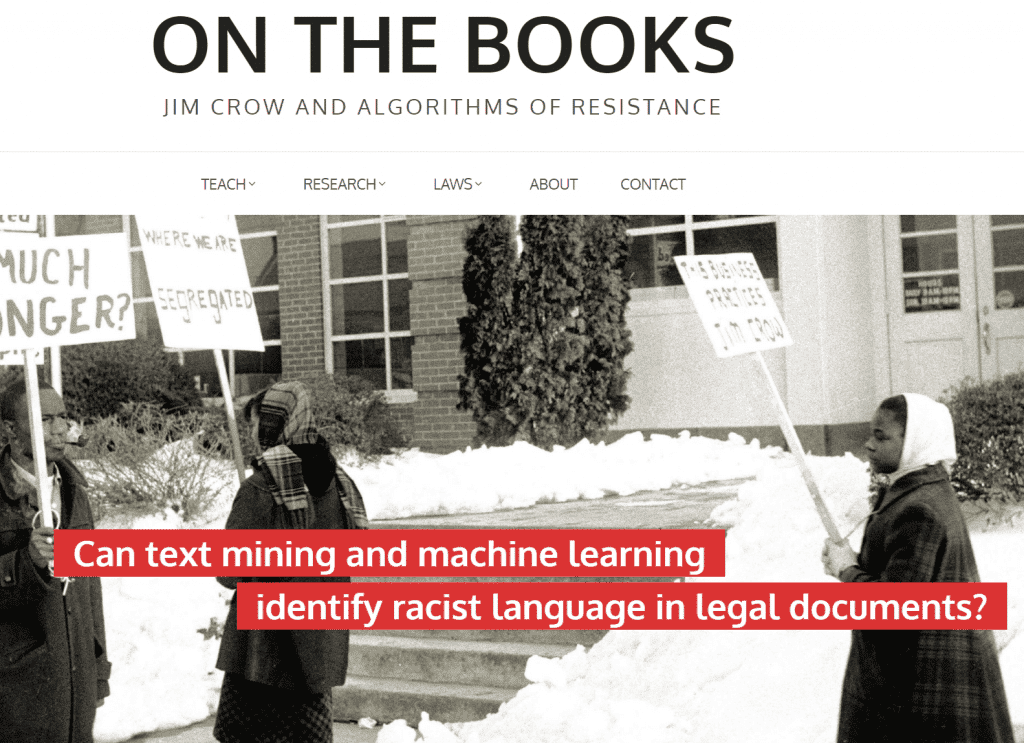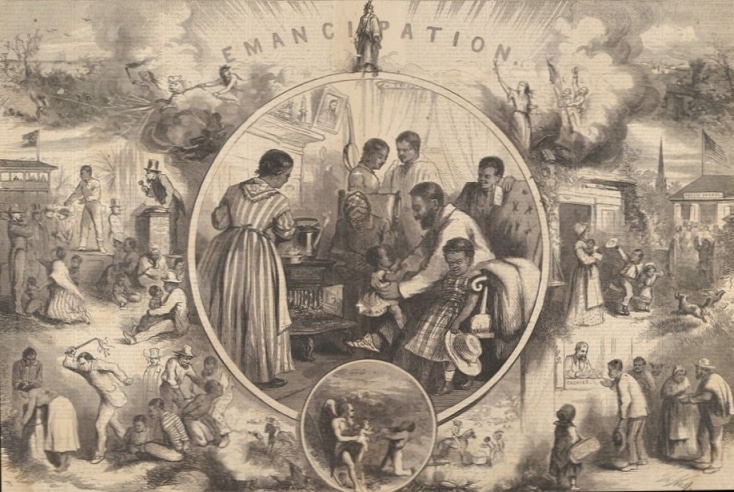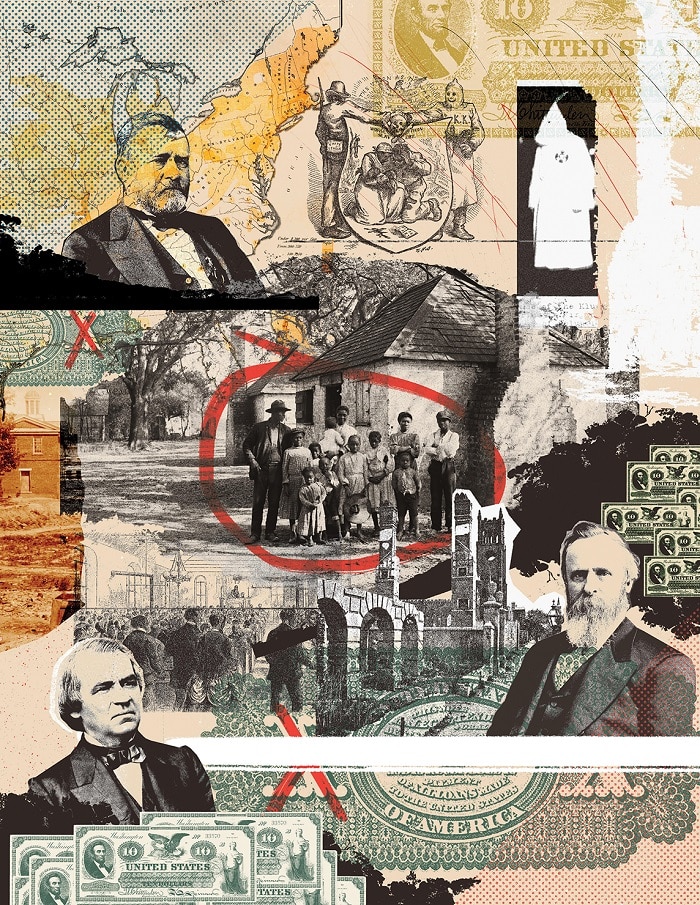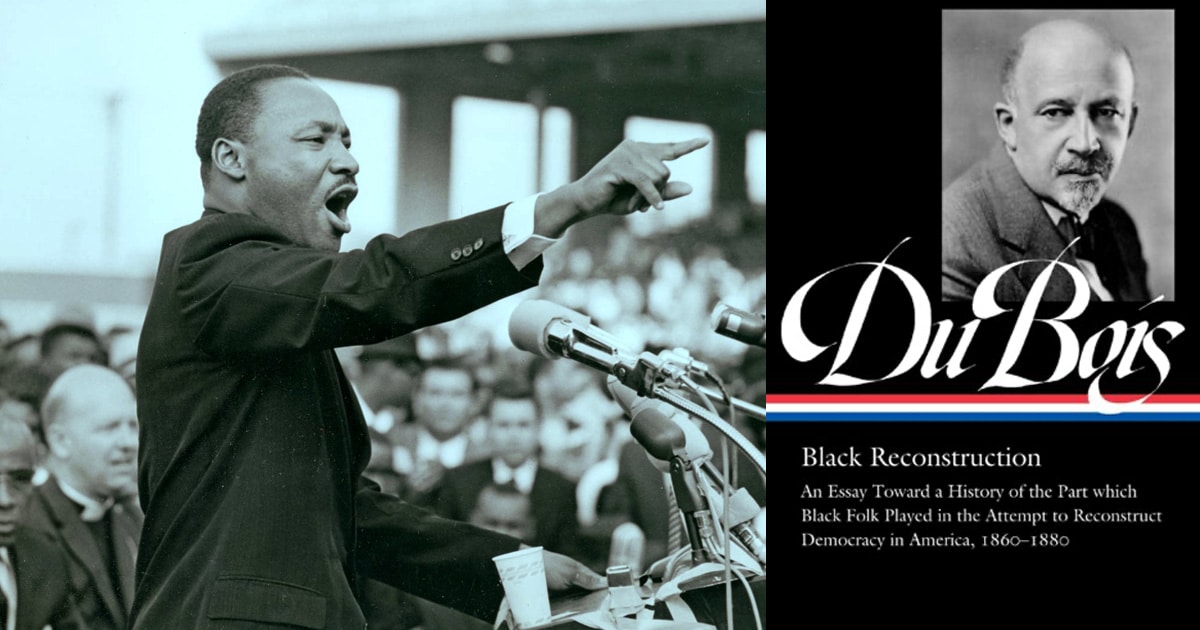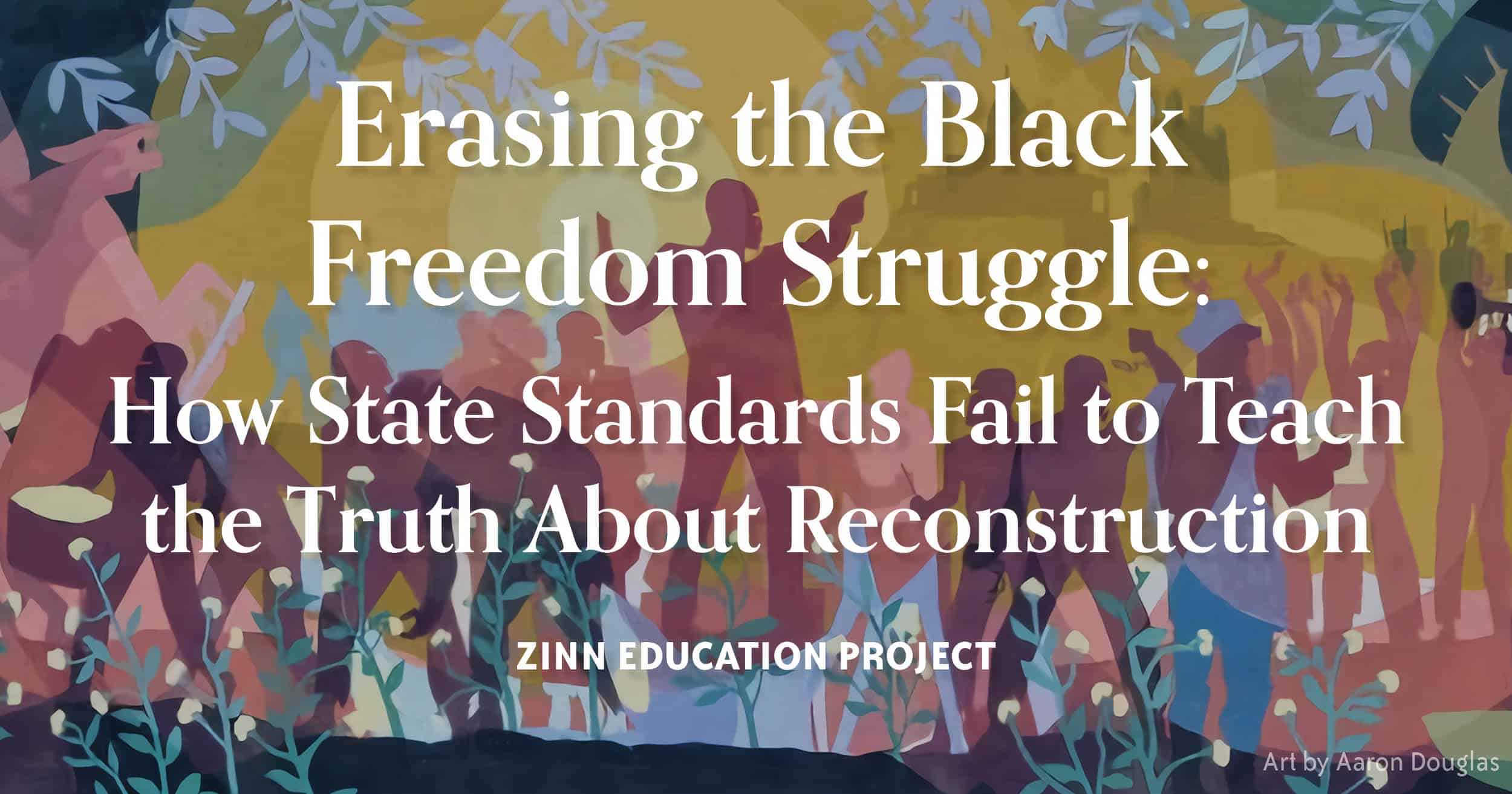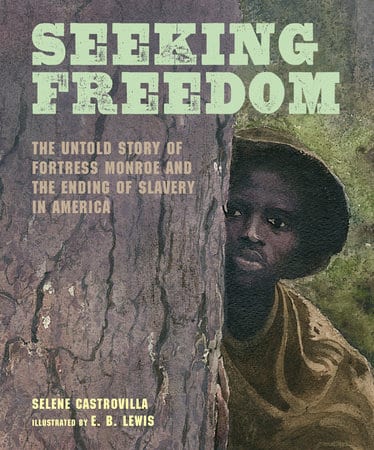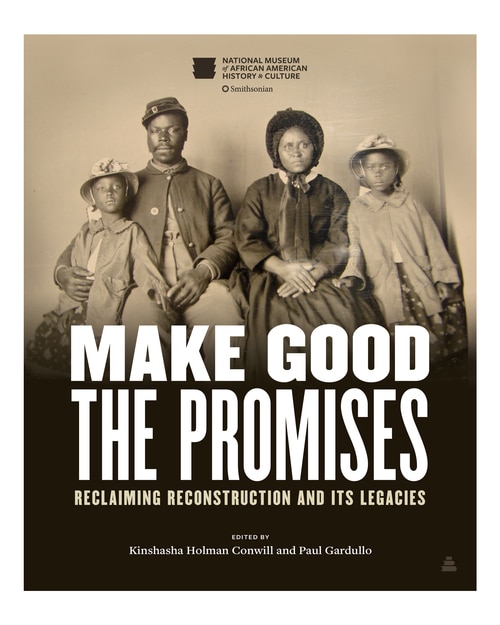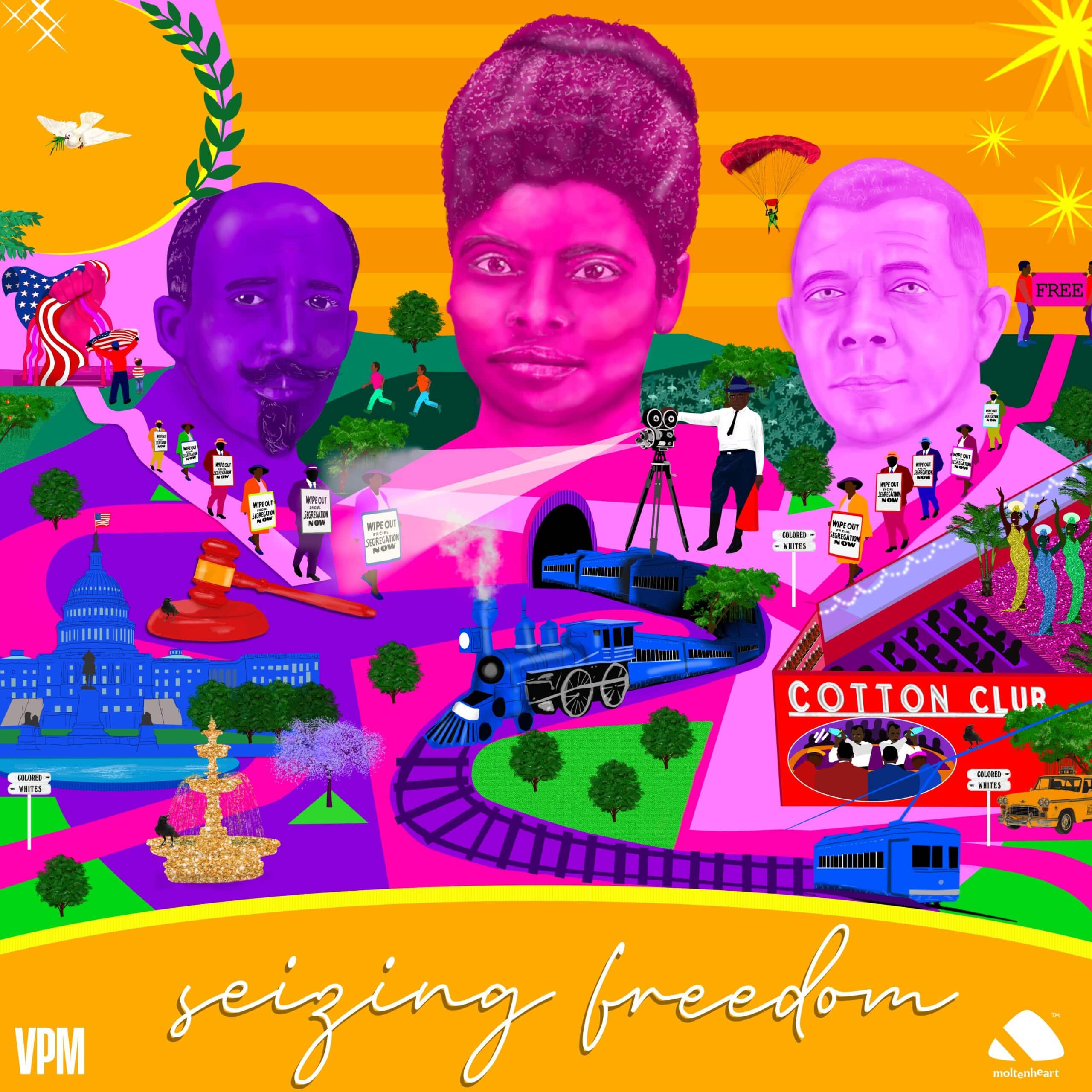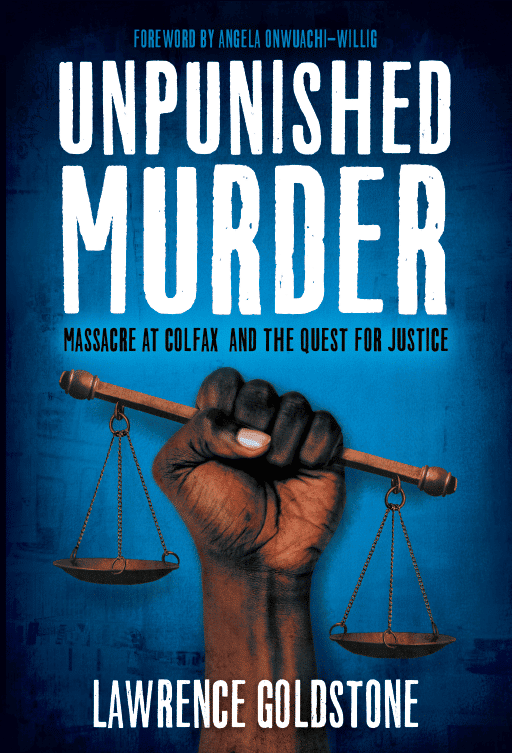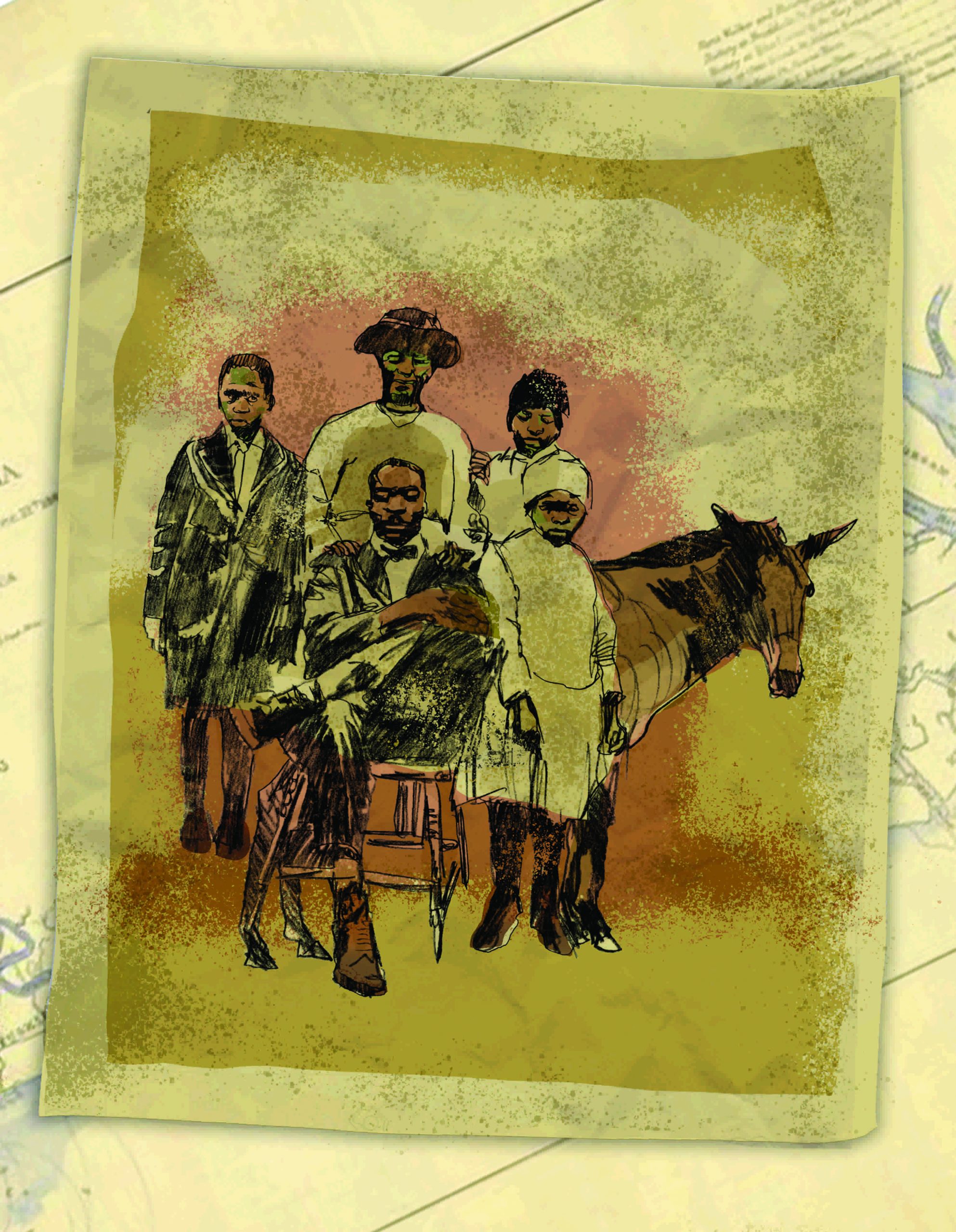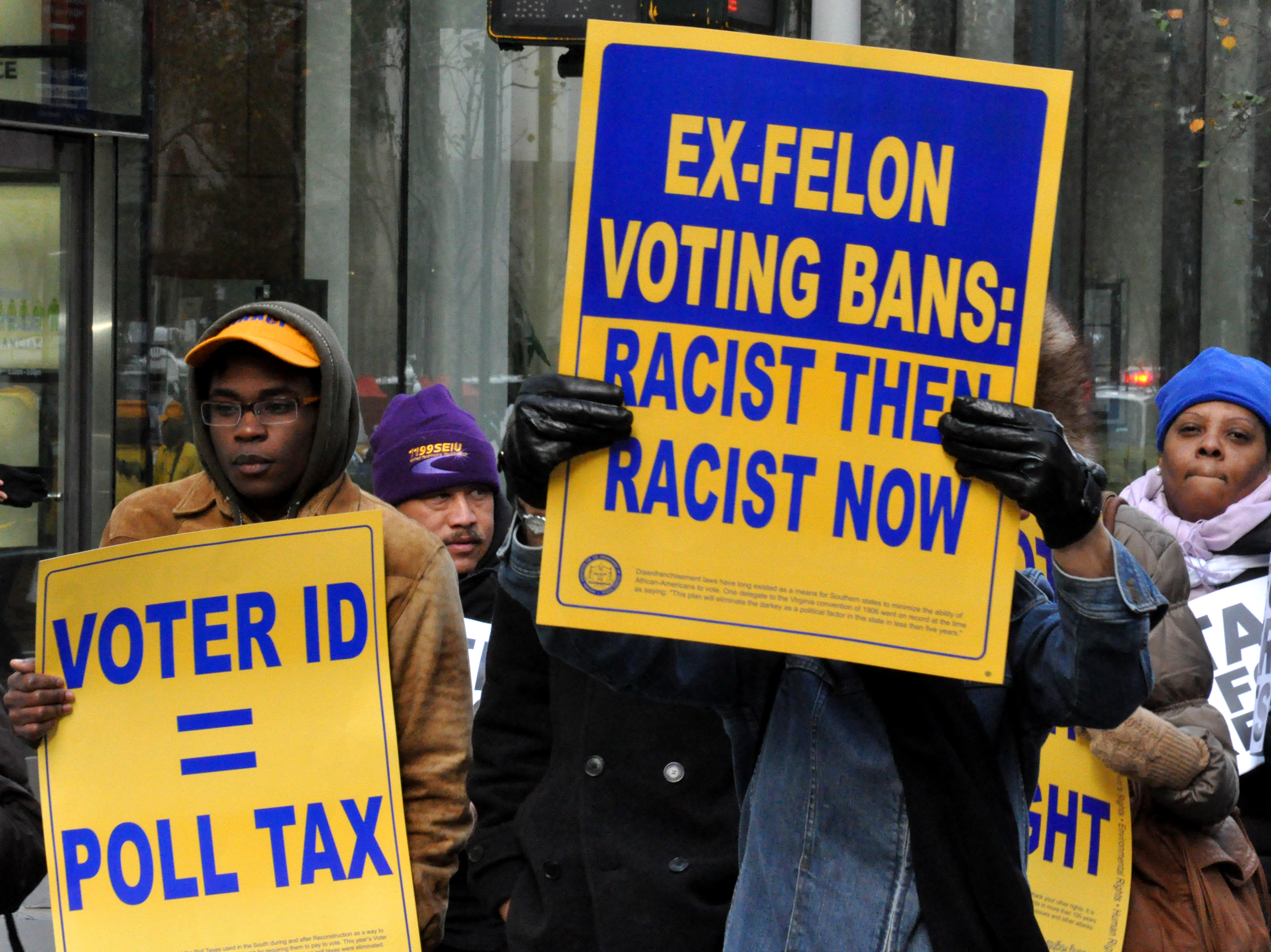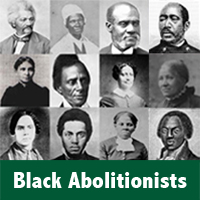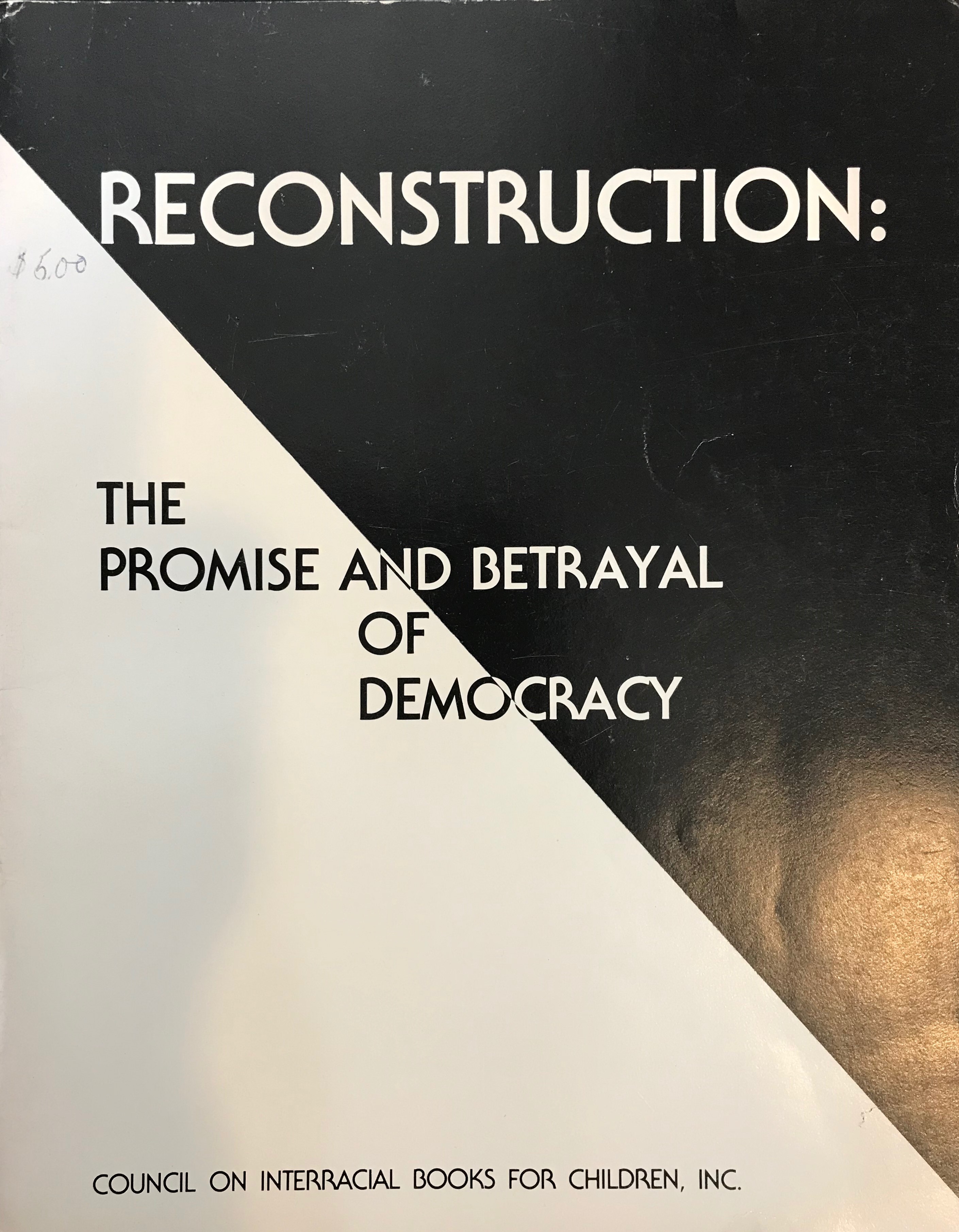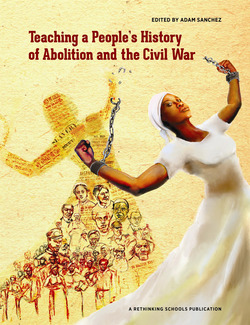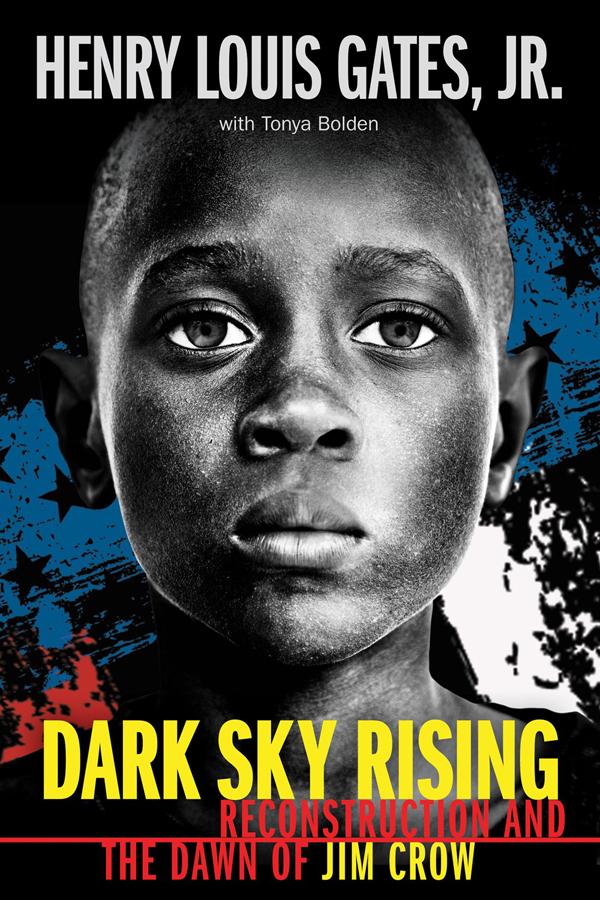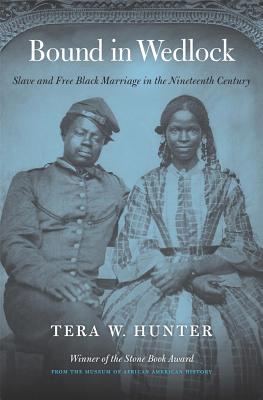Picture book. By Shana Keller and illustrated by Laura Freeman. 2024. 40 pages.
Helps introduce young readers to the history of African American family members desperately trying to find their children, spouses, siblings, parents, and other loved ones during Reconstruction.
Continue reading
We've been excited to hear from teachers about the impact of the using the role play "Reconstructing the South: A Role Play" by Bill Bigelow. Many of the comments provide insights into the "aha's" students have as a result of studying the Reconstruction era and its meaning today.
Continue reading
Teaching Activity. By Adam Sanchez. 2022. Rethinking Schools.
A lesson that help students understand, imagine, and celebrate the Reconstruction period as the first era of Black power in the United States.
Continue reading
Teaching Activity. By Mimi Eisen and Ursula Wolfe-Rocca. 47 pages.
A follow-up lesson to “Reconstructing the South,” using primary source documents to reveal key outcomes of the Reconstruction era.
Continue reading
Book — Non-fiction. By Thulani Davis. 2022. 464 pages.
The author traces how people newly freed from bondage created political organizations and connections that mobilized communities across the South during Reconstruction, building on a long tradition of organizing against all odds.
Teaching Activity by Thulani Davis
Continue reading
This month we released a printed edition of our national report, Erasing the Black Freedom Struggle: How State Standards Fail to Teach the Truth About Reconstruction. Thanks to the generous support of a donor, we can mail copies of the report to teacher educators, state and school district policymakers, and staff at historical societies.
Continue reading
Check out three stories about teachers who teach outside the textbook and organize to defend the right to teach people’s history.
Continue reading
Book — Non-fiction. By E. James West. 2022. 328 pages.
This biography examines the life of historian and activist Lerone Bennett Jr. and his influence on African American culture and history.
Continue reading
Book — Non-fiction. By Kidada E. Williams. 2024. 384 pages.
An account of the brutal white supremacist violence and terror that formerly enslaved people were faced with during Reconstruction.
Continue reading
Digital collection. Collections as data and machine learning project examining Jim Crow and racially-based legislation signed into law in North Carolina between Reconstruction and the Civil Rights Movement.
Continue reading
Digital collection. Documents that help explain how Black people traversed the bloody ground from slavery to freedom between the beginning of the Civil War in 1861 and the beginning of Reconstruction in 1867.
Continue reading
Teaching Activity. By Adam Sanchez. 2022. Rethinking Schools
A role play about the demise of Reconstruction that helps students get beyond the question “Was Reconstruction a success or failure?”
Teaching Activity by By Adam Sanchez, Illustrator: Nate Kitch
Continue reading
Dr. Martin Luther King describes the critical importance of W. E. B. Du Bois's Black Reconstruction to "restore to light the most luminous achievements" of the Reconstruction era.
Continue reading
Article. By Ana Rosado, Gideon Cohn-Postar, and Mimi Eisen. 2022. 44 pages.
The report includes assessments of education standards in all 50 states and the District of Columbia, along with findings and recommendations for how to improve instruction on Reconstruction.
Continue reading
Book — Non-fiction. By Selene Castrovilla. Illustrated by E. B. Lewis. 2022. 40 pages.
A Civil War story about a man who seizes his freedom from slavery and teams up with a Union general to save a Union fort from the Confederates.
Teaching Activity by Selene Castrovilla (Illustrated by E. B. Lewis)
Continue reading
Book — Non-fiction. Edited by Kinshasha Holman Conwill and Paul Gardullo. 2021. 224 pages.
Essays on the history and legacy of Reconstruction, a companion to the Smithsonian’s National Museum of African American History and Culture exhibit.
Continue reading
Podcast. Written and hosted by Kidada E. Williams. 2021.
A Black history podcast tells stories "drawn from archives of voices from American history that have been muted time and time again."
Continue reading
Book — Non-fiction. By Lawrence Goldstone. 2018. 288 pages.
This young adult book provides students with the history of the 1873 massacre of unarmed African Americans in Colfax, Louisiana and the subsequent Supreme Court Case.
Continue reading
Teaching Activity. By Adam Sanchez. Rethinking Schools, 2020.
This multimedia, creative role play introduces students to the ways African American life changed immediately after the Civil War by focusing on the Sea Islands before and during Reconstruction.
Continue reading
Though our students' textbooks suggest otherwise, on this 150th anniversary of the 15th Amendment the struggle for ballot access is not over.
Continue reading
Teaching Activity. By Adam Sanchez, Brady Bennon, Deb Delman, and Jessica Lovaas.
This mixer role play introduces students to the stories of famous and lesser-known abolitionists, through biography and investigation.
Continue reading
Book — Non-fiction. By Robert B. Moore with Beryle Banfield. 1983. 40 pages.
Critique and analysis of textbook coverage of the Reconstruction era.
Continue reading
Teaching Guide. Edited by Adam Sanchez. 2019. Rethinking Schools. 181 pages.
Students will discover the real abolition story, one about some of the most significant grassroots social movements in U.S. history.
Continue reading
Book — Non-fiction. By Henry Louis Gates Jr. with Tonya Bolden. 2019. 240 pages.
Readers trace the rise and fall of racial equity during Reconstruction as increasingly violent white supremacy and new forms of oppression take hold at the turn of the 20th century.
Continue reading
Book — Non-fiction. By Tera W. Hunter. 2019. 416 pages.
A comprehensive history of African American marriages in the nineteenth century.
Teaching Activity by Tera W. Hunter
Continue reading


